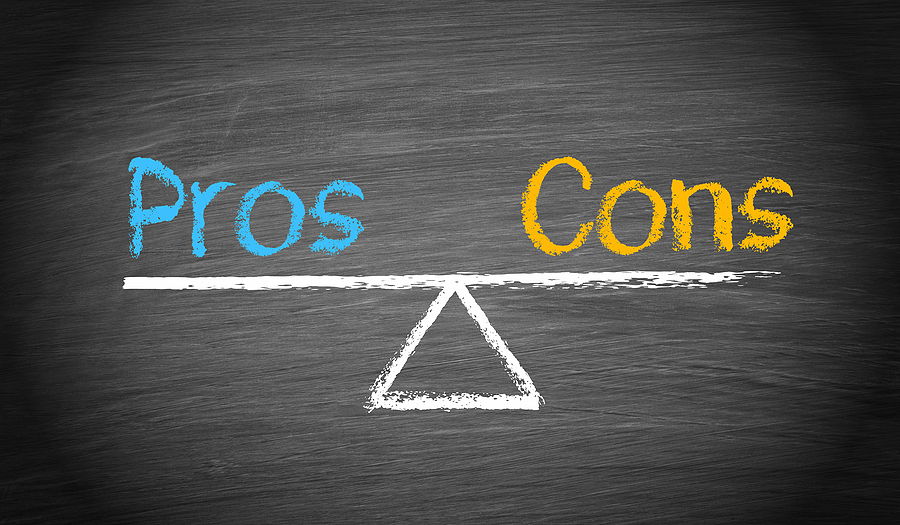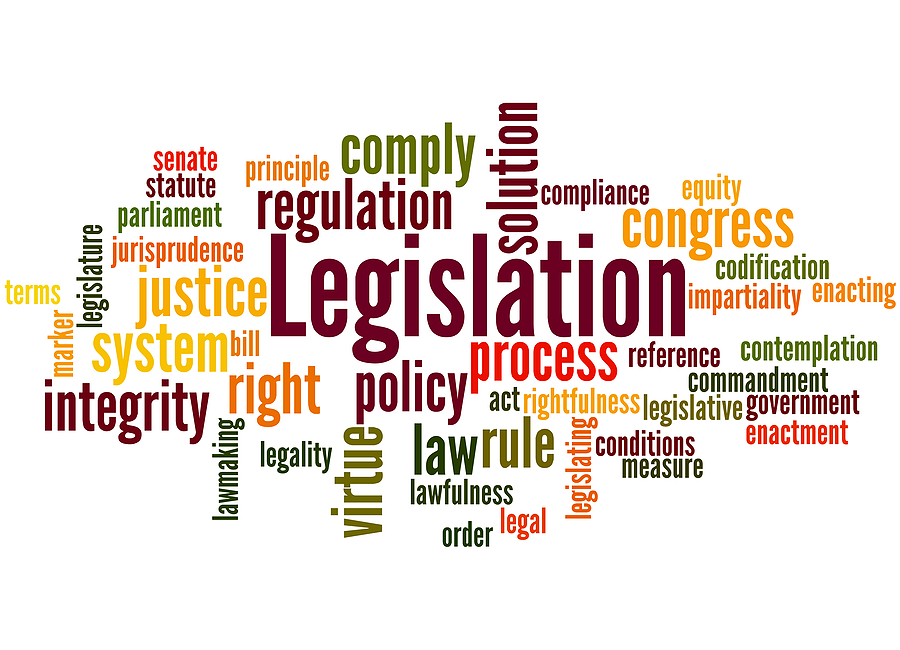Strategies to Help Your Kids Save for Retirement
Strategies to Help Your Kids Save for Retirement
Helping your kids save for retirement starts with financial education and discussing the importance of saving for their future. But, besides financial education, there are strategies that you can implement for them at a young age. The strategies can help them get a head start on their retirement savings.
Here are two strategies for saving for retirement that may be appropriate for your child, depending on your family’s situation:
#1 Life Insurance
Whole life insurance, also called cash-value life insurance, doesn’t expire, meaning your child can’t outlive it. Whole life insurance features a death benefit and a cash value, which accrues interest at a fixed rate. If one continues to pay the premiums, your child can tap into the cash value by taking a policy loan or a cash withdrawal later to help fund retirement. Here are some reasons why investing in a life insurance policy for your child may be an appropriate strategy:
- Tax-free loan- The policy owner (your child, once an adult) can take tax-free loans from the cash value of the life insurance policy for various reasons, such as retirement income or to pay for college. The loan doesn’t need to be paid back but will reduce beneficiaries’ death benefits. Using a cash-value loan may result in interest charges and a reduced death benefit. It may collapse the policy if not appropriately managed. Consult your insurance professional so you fully understand life insurance policy loans before initiating a policy loan.
- Tax-free earnings- The tax-deferred growth inside a whole life insurance policy may not count as income for Social Security or Medicare taxes when your child retires, based on today’s tax laws, but there is no guarantee on future taxes.
Purchase life insurance when your child is young and healthy, a time in their life when they are more likely to receive coverage. Later in life, life insurance can reduce the financial hardship for their loved ones when they pass away. Life insurance can also be a vehicle for your child to leave an inheritance, fund funeral expenses, or protect their business as an adult.
#2 Roth IRA
Starting a Roth IRA for your child is another way to help your kids save for retirement. However, there are specific requirements to determine if you can use a Roth IRA as a retirement savings strategy for your child:
- The child must have income from a job as a W-2 employee. The contribution amount can’t exceed the Federal IRS guidelines or the amount they have made in a calendar year.
- The Roth IRA account must be in the child’s and custodial parent’s names. The rules on who is considered a custodian can vary from state to state or financial firm to financial firm. Often, deciding if a Roth IRA is appropriate for the child’s situation may be determined by the rules of the Roth IRA’s account administrator (where the account’s custody is held).
Consult your financial professional for account requirements, restrictions, and information needed to open a Roth IRA account.
#3 529 plan
529 plans are tax-advantaged savings vehicles designed to accumulate contributions and help pay for the beneficiary’s qualifying education expenses. Sometimes, 529 plans have unused funds after the beneficiary graduates or decide to discontinue their education.
You can move 529 plan monies to a Roth IRA that your child can use for retirement. When moving 529 plan monies to a Roth IRA, IRS contribution limits apply. The beneficiary (your child) must have earned income up to the amount converted. In 2024, if the 529 plan has been open for at least 15 years, up to $35,000 of those funds (for the beneficiary of the 529 accounts only) can be contributed to a Roth IRA, regardless of the beneficiary’s earning limit.
Here are other IRS rules that apply to transferring 529 plan monies to a Roth IRA:
- The transfer cannot include any contributions or earnings that were made in the preceding five years.
- Beneficiaries cannot roll over any money from their 529 plan into a Roth IRA without incurring penalties and taxes unless the account has existed for at least 15 years.
Before initiating a 529 plan to Roth IRA conversion, visit your financial and tax professionals to determine if this strategy suits your situation and to help ensure you understand the IRS rules.
Helping your kids save for retirement is a comprehensive strategy that may help them pursue their retirement goals. Your financial professional can answer questions about the strategies discussed in this article and if they are appropriate for your and your child’s situation. Contact them today!
Disclosures
Policy loans and withdrawals will reduce available cash values and death benefits and may cause the policy to lapse or affect any guarantees against lapse. Additional premium payments may be required to keep the policy in force. This article is designed to provide general information on the subjects covered. Pursuant to IRS Circular 230, it is not intended to provide specific legal or tax advice and cannot be used to avoid penalties or to promote, market, or recommend any tax plan or arrangement. You are encouraged to consult your personal tax advisor or attorney. Guarantees are backed by the financial strength and claims-paying ability of the issuing company.
SWG 2909136-0523d
In addition, The Legacy Source specializes in providing strategies and guidance for those who are seeking a better lifestyle in retirement. If you have retirement savings of five million dollars or $50,000, we can ensure it works as hard. As a result, we offer our experience and knowledge to help you design a custom strategy for financial independence. Contact us today to schedule an introductory meeting!






